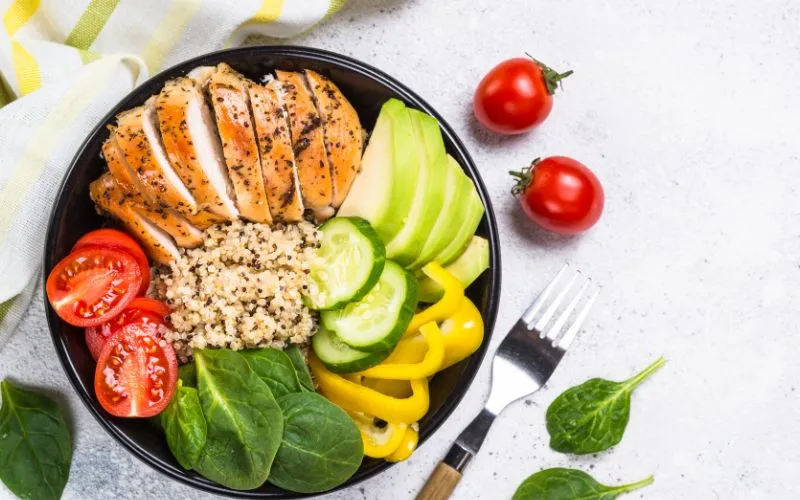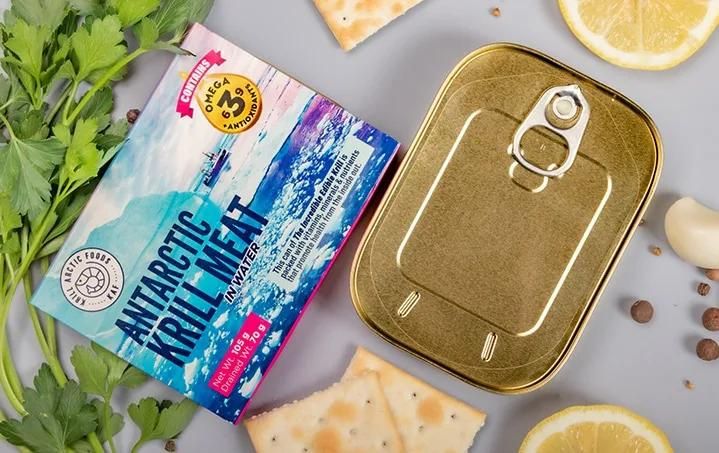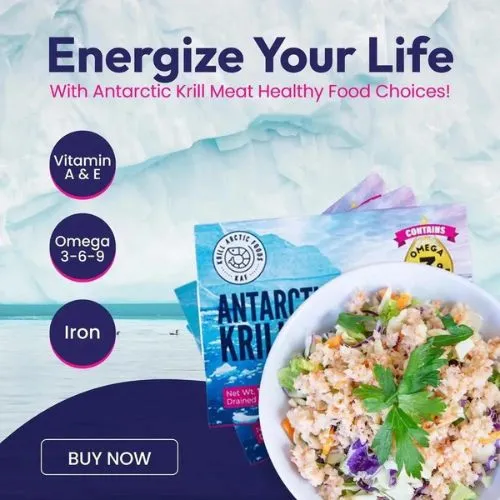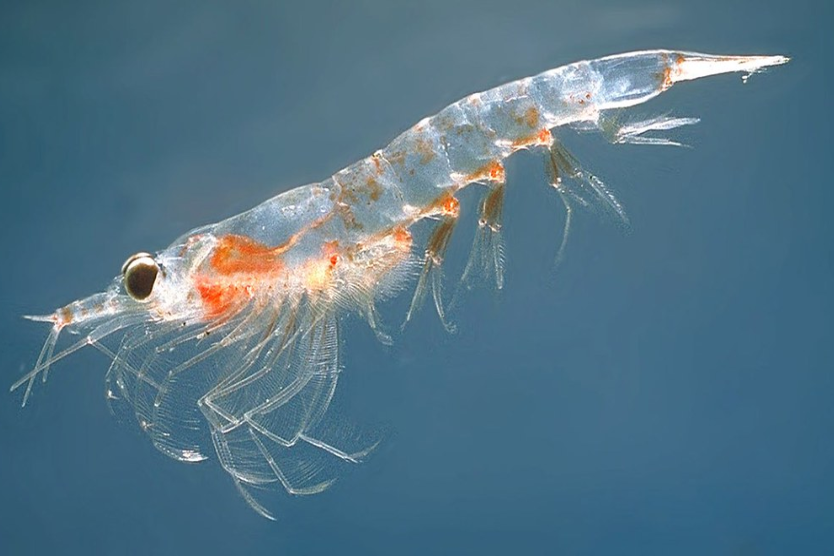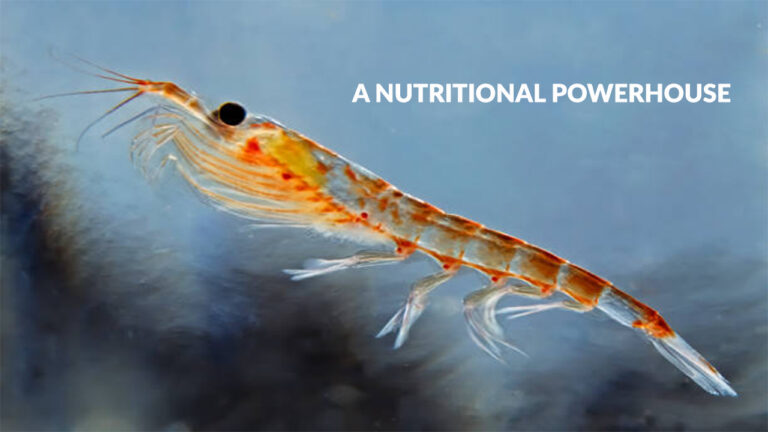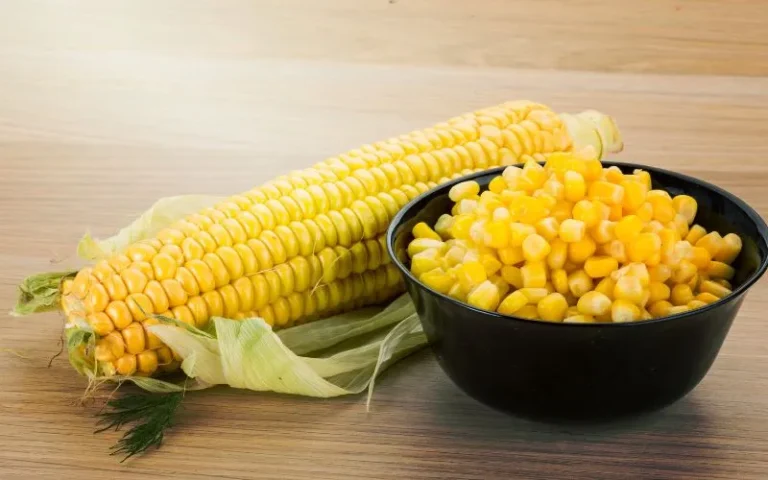Leftovers can be a great way to save time and reduce waste, but knowing how long they remain safe to eat is crucial. Different types of leftovers such as chicken, meat, fish, Antarctic krill, and vegetables, each have their own storage guidelines. In this blog, I will discover the shelf life of these leftovers and signs that your leftovers have gone bad.
Shelf Life And Signs Of Spoilage Of Food
Understanding the shelf life and recognizing signs of spoilage in food is essential for maintaining food safety and quality. Knowing how long different foods can be stored and identifying spoilage indicators can help prevent foodborne illnesses and reduce food waste.
Chicken
Chicken is a versatile and popular protein that is low in fat and high in essential nutrients like niacin and phosphorus. It can be added to various diet plans, including keto diet, paleo, and Mediterranean diets. Grilled chicken can be used in various salads, wraps, and stir-fries, providing a lean source of protein.
Storage Guidelines
Leftovers should be stored in the refrigerator within two hours of cooking. In the fridge, chicken can last for 3 to 4 days. If you need to store it longer, freezing is an option. Frozen chicken leftovers can last up to 4 months.
Signs Of Spoilage
- Appearance: Look for color changes, especially gray or greenish hues.
- Smell: A sour or ammonia-like smell indicates the chicken has gone bad.
- Taste: If it tastes off, discard it immediately.
Meat
Meat, including beef, pork, and lamb, is rich in protein, iron, and vitamin B12, essential for muscle growth and energy. It fits well in high-protein diets like the carnivore diet or Atkins diet. Incorporate lean cuts into stews, grilled dishes, or as toppings for salads.
Storage Guidelines
Cooked meat, such as beef, pork, or lamb, can be stored in the refrigerator safely for 3 to 4 days. For longer storage, meat can be frozen for up to 6 months. Always ensure that the meat is stored in airtight containers to prevent contamination.
Signs of Spoilage
- Appearance: Discoloration, such as a green or brownish tint, indicates spoilage.
- Smell: A rancid or sour odor is a strong sign that the meat is no longer safe to eat.
- Taste: If the meat tastes strange or sour, do not consume it.
Krill
Krill is a nutrient-dense seafood high in omega-3 fatty acids, antioxidants, and protein. It can be integrated into diets focused on heart health and inflammation reduction. Use krill meat in salads, soups, or as a topping for rice dishes to add a unique flavor and nutritional boost.
Storage Guidelines
Krill is a less common but nutritious seafood option. Cooked krill should be stored in the refrigerator and consumed within 2 to 3 days. When frozen, krill can last for up to 3 months.
Signs of Spoilage
- Appearance: Discoloration or a slimy texture suggests spoilage.
- Smell: A strong, unpleasant odor means the krill has gone bad.
- Taste: Any off-taste indicates the krill is no longer safe to eat.
Fish
Fish is an excellent source of omega-3 fatty acids, which are beneficial for heart and brain health. It is a staple in Mediterranean and pescatarian diets. Baked or grilled fish can be added to salads and tacos or served with vegetables for a healthy meal.
Storage Guidelines
Fish leftovers are more perishable than meat. When stored in the refrigerator, cooked fish should be consumed within 1 to 2 days. For extended storage, fish can be frozen for up to 3 months.
Signs of Spoilage
- Appearance: Look for any changes in texture or color. Sliminess is also a sign of spoilage.
- Smell: A strong, fishy smell that is more pronounced than usual indicates spoilage.
- Taste: A bad taste indicates that the fish should not be eaten.
Vegetables
Vegetables are rich in vitamins, minerals, and fiber, making them crucial for a well-rounded diet. They can be included in vegetarian, vegan, and flexitarian diets. Add them to grain bowls pastas, or enjoy them as a side dish.
Storage Guidelines
You can store cooked vegetables in the refrigerator for 3 to 7 days, depending on the type of vegetable. Freezing cooked vegetables can extend their shelf life to about eight months.
Signs of Spoilage
- Appearance: Wilted, discolored, or moldy vegetables should be discarded.
- Smell: A sour or off smell indicates that the vegetables have spoiled.
- Taste: If the taste is off or unpleasant, it’s best to discard the vegetables.
Conclusion
Proper storage and prompt consumption of leftovers are key to enjoying them safely. While refrigeration can extend the shelf life of many foods, always pay attention to signs of spoilage, such as changes in appearance, smell, and taste. When in doubt, it’s safer to discard questionable leftovers.
Frequently Asked Questions
How Long Can I Keep Leftover Chicken In The Fridge?
Leftover chicken can be kept in the refrigerator for 3 to 4 days. For longer storage, freeze it for up to 4 months.
Can I Eat Cooked Meat That Has Been In The Fridge For A Week?
Eating cooked meat that has been in the fridge for more than 4 days is not recommended. It’s safer to consume it within the 3 to 4-day window.
How Can I Tell If Fish Leftovers Are Still Good?
Check for changes in appearance, smell, and taste. It should be discarded if the fish looks discolored, smells strongly fishy, or tastes off.
Are Cooked Vegetables Safe To Eat In The Fridge After A Week?
Cooked vegetables can be stored in the refrigerator for 3 to 7 days, depending on the type of vegetable. Check for signs of spoilage before consuming.

